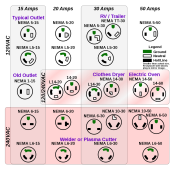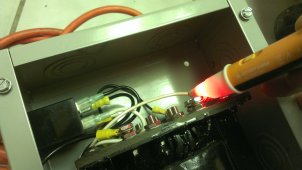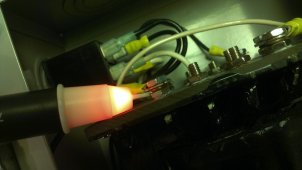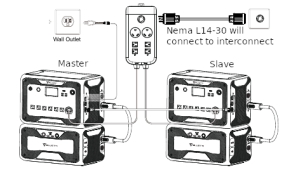None of these points are relevant in a floating system. We are not talking about center tap transformers and the reference potential of grid tied ac systems. We are talking about the ac output from an inverter that is not earth grounded. It does not act as a faucet and drain. It may be easy to imagine in your mind with this anology, but it's not true. Both conductors on the output of a inverter circuit switch polarity rapidly to energize the circuit and transmit energy. If you complete the circuit, you will get shocked regardless. There is no output conductor that has the same potential as you, except for ground, because it's not connected to anything (in bluetti and ecoflow)Not complete for how the typical split phase power is designed. The neutral comes from the center tap of the transformer and has virtually no voltage potential. The neutral acts like a drain. The hot comes off the end of the coil and has the voltage potential. Yes technically the potential alternates between positive and negative. The hot is very different from the neutral as the hot has the power and voltage potential.
Devices and appliances are designed to cut the hot side to remove power from the internal components and reduce potential faults.
Think of the hot as the faucet and the neutral as the drain. All works great when the faucet has the valve. Putting the valve on the drain is asking for trouble.
This is why plugs and connectors are polarized. Yes the portable generator being isolated reduces the risk. That is great when the generator is outside on the dirt. More potential issues if the generator is mounted and operating in an RV compartment as many do.
These generator with reverse polarity need to be used with due caution or returned as defective. JMHO.
In grid systems, there needs to be a reference potential for quite a few reasons. That is why you have a ground and neutral. But it is still alternating current, so polarity does not exist. For safety, the potential of hot does matter in a earth tied system.






